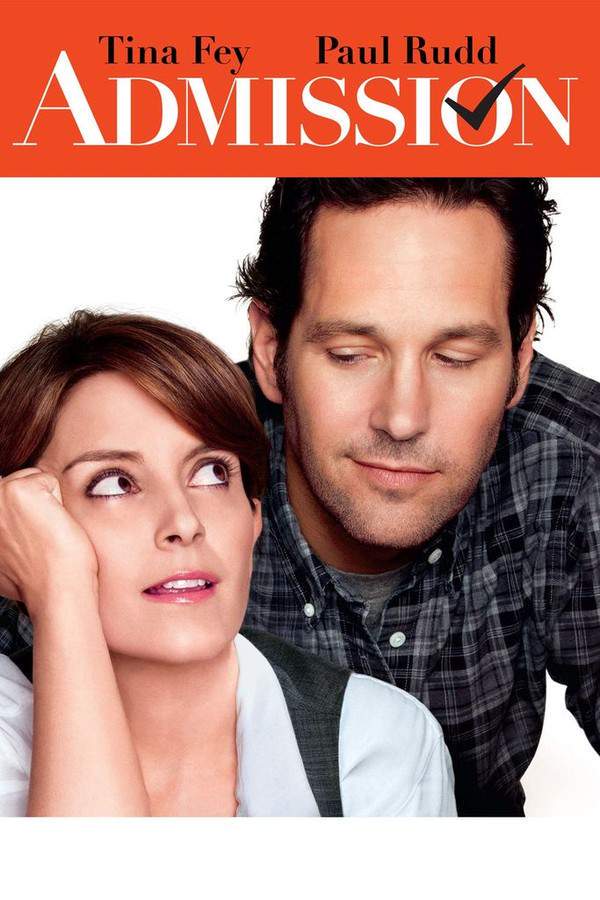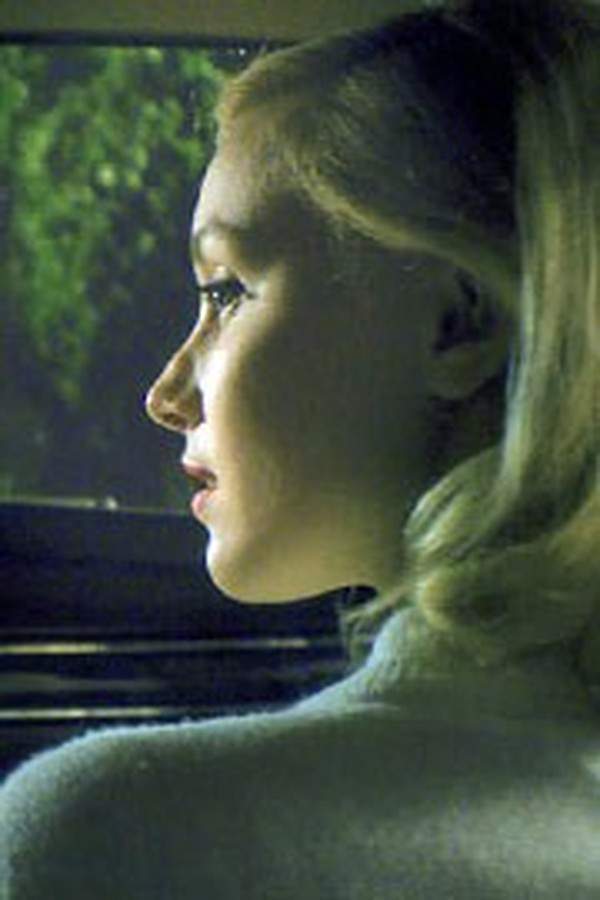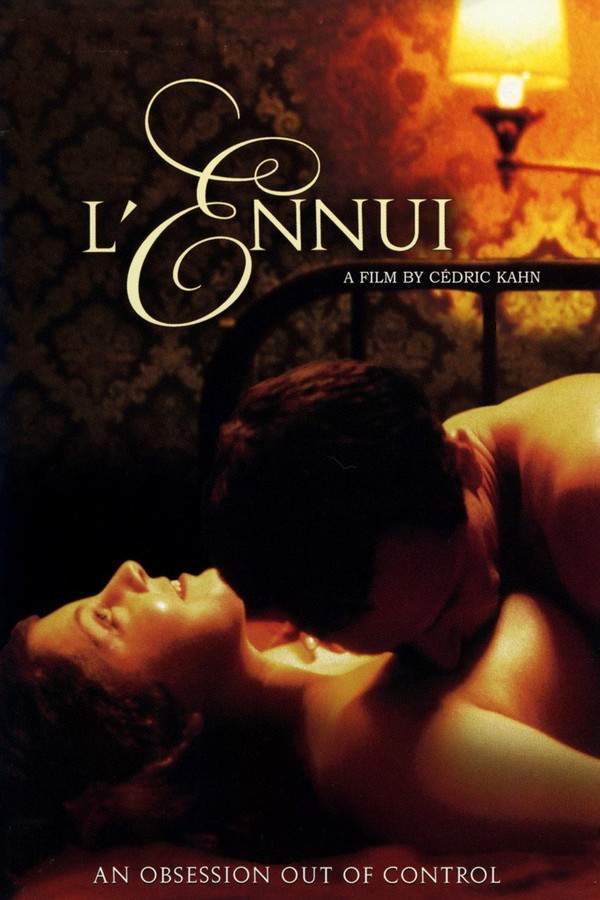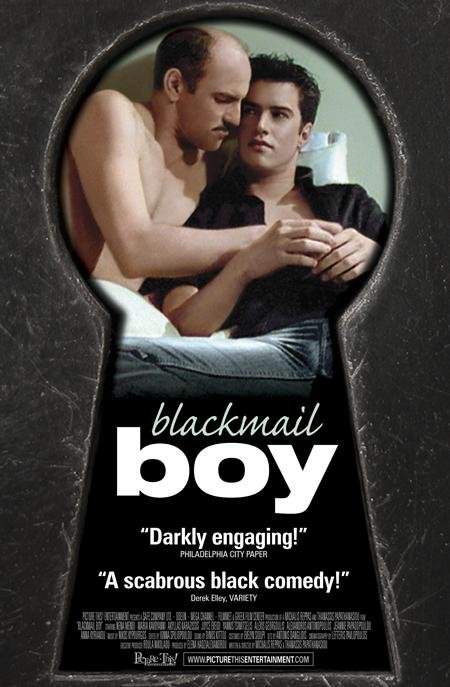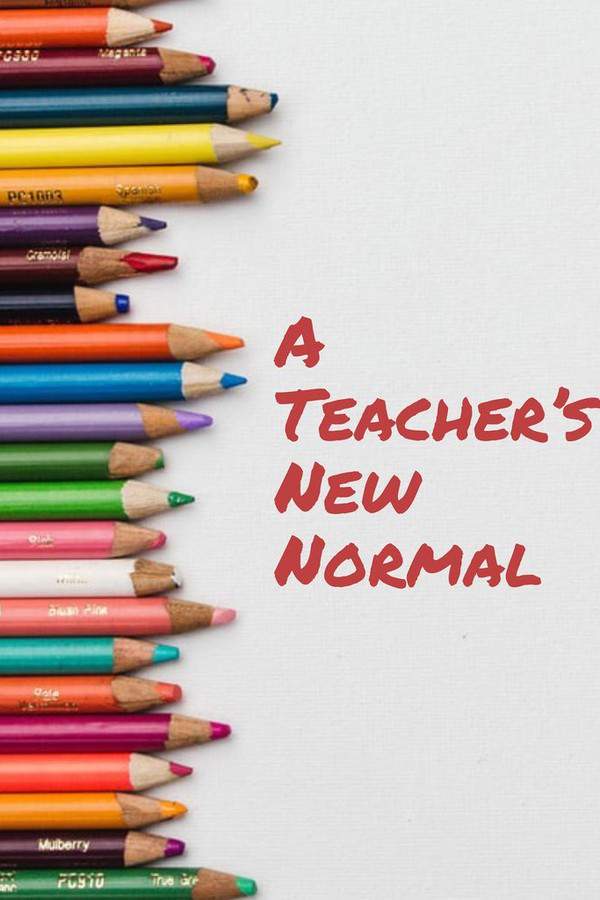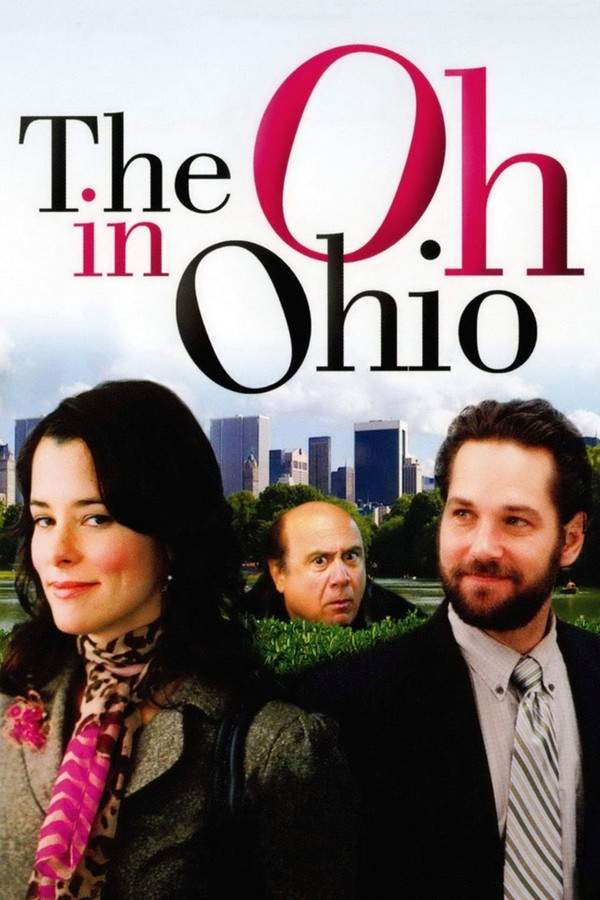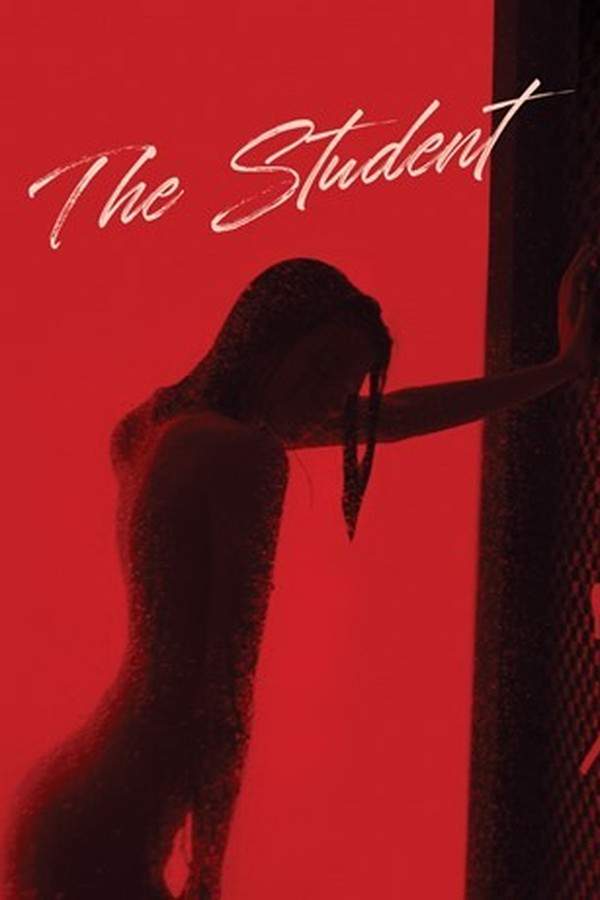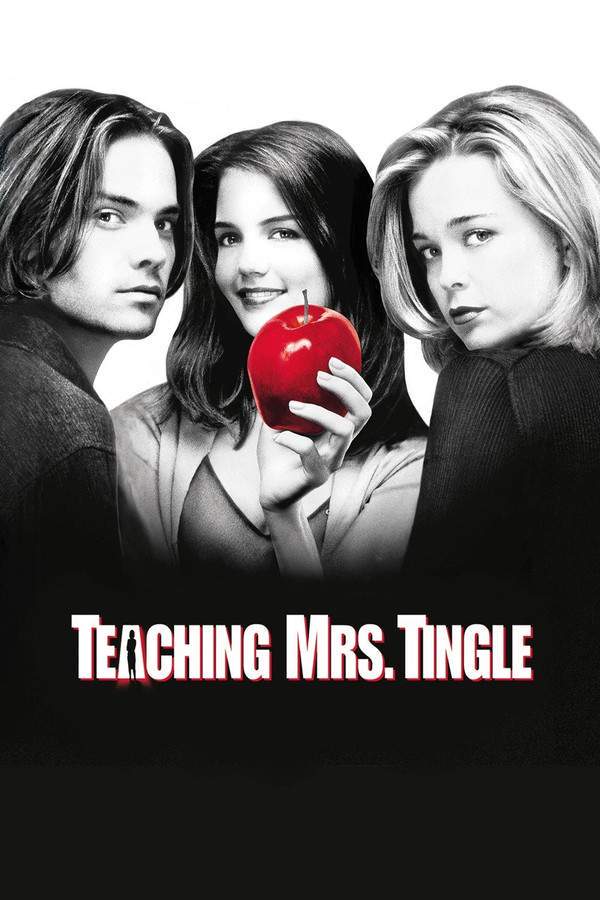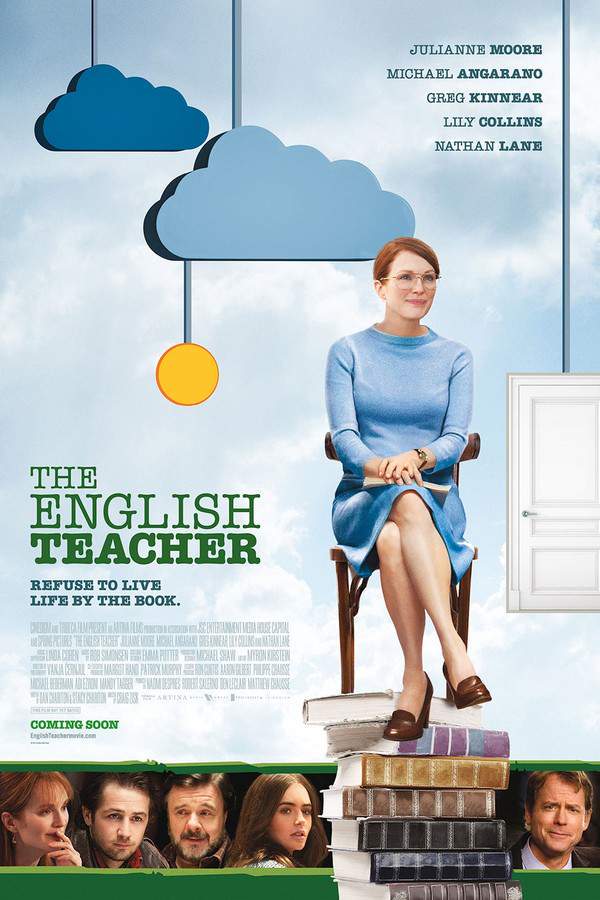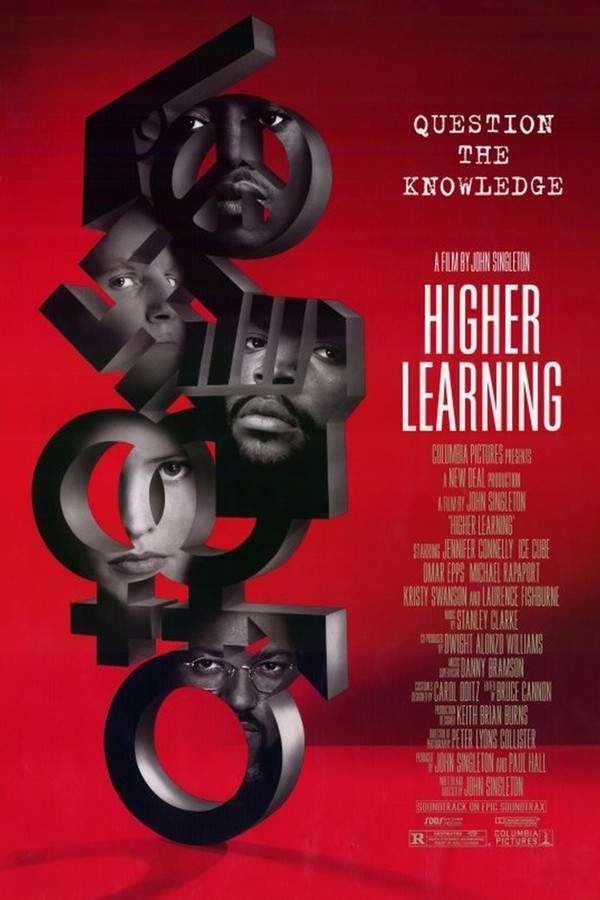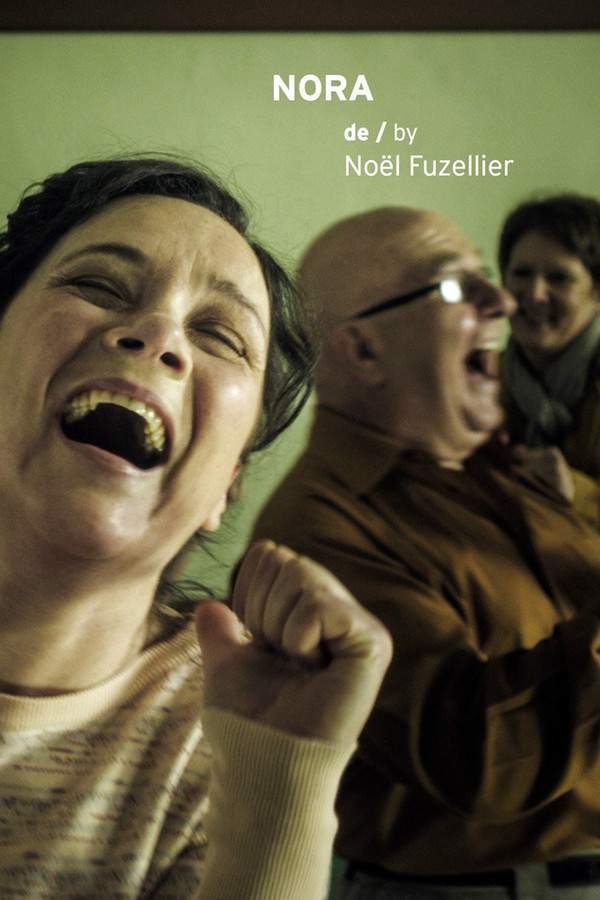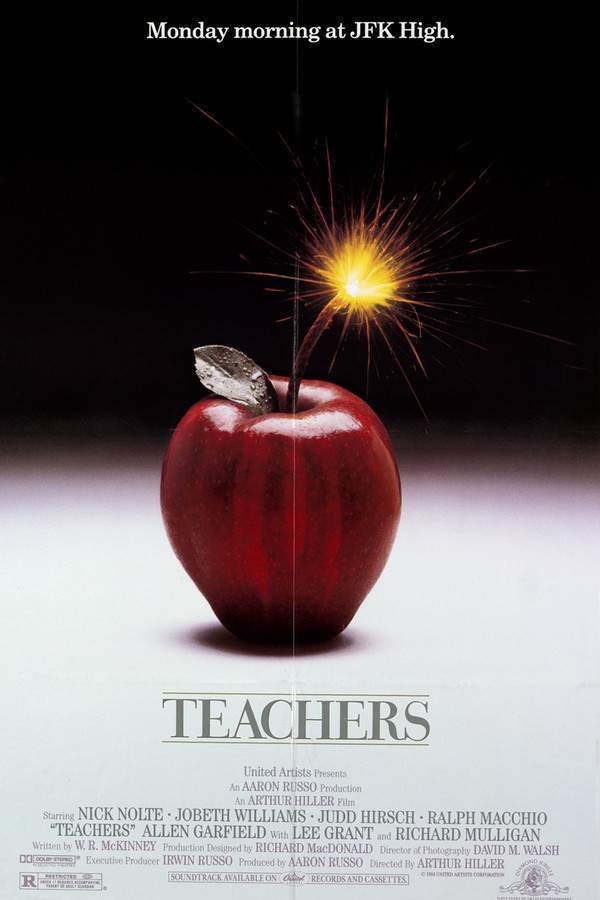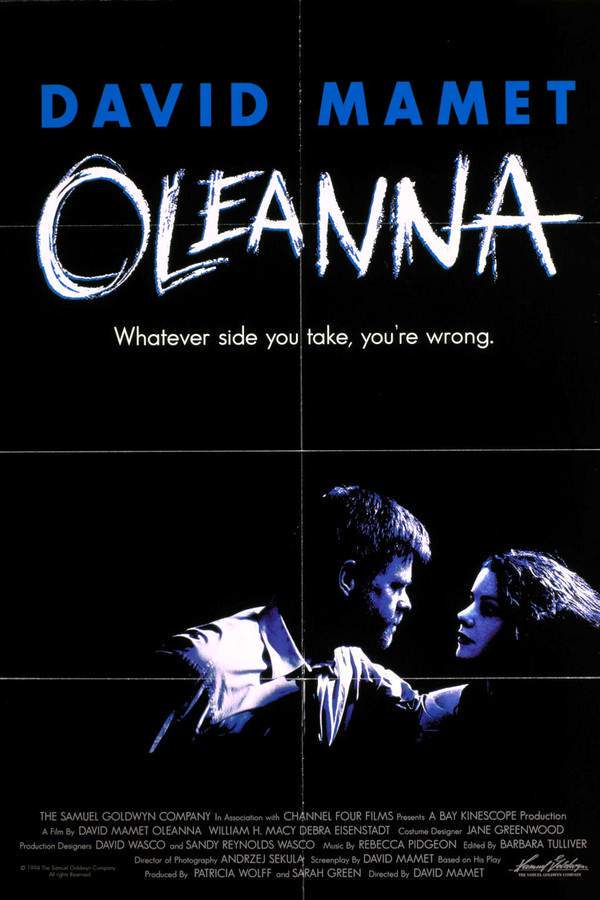
Oleanna
Year: 1994
Runtime: 89 min
Language: English
Director: David Mamet
A college student, Carol, seeks help from her professor, John, but encounters a dismissive and condescending attitude. Their interactions escalate into a tense power struggle fueled by John's self-centeredness and Carol's increasing frustration. The dynamic becomes toxic, blurring the boundaries between teacher and student and raising difficult questions about respect, responsibility, and the potential for misunderstanding. The situation evolves into a fraught and unsettling confrontation.
Warning: spoilers below!
Haven’t seen Oleanna yet? This summary contains major spoilers. Bookmark the page, watch the movie, and come back for the full breakdown. If you're ready, scroll on and relive the story!
Oleanna (1994) – Full Plot Summary & Ending Explained
Read the complete plot breakdown of Oleanna (1994), including all key story events, major twists, and the ending explained in detail. Discover what really happened—and what it all means.
Carol, a college student, navigates a tense confrontation with her professor, John, over a failing grade and a career-influencing decision that heightens the stakes around power, consent, and accountability. Set against the backdrop of tenure considerations and a looming house purchase for John and his wife, the dynamic between student and professor becomes the arena where wants and boundaries are tested.
From the outset, Carol is frustrated by the course material, which includes a book authored by John himself. The discourse in the classroom grows sharp as Carol challenges the professor’s teaching approach and the implications of his ideas. In a moment intended to be comforting, John places a hand on her shoulder, and Carol instinctively recoils, signaling a breakthrough in her understanding of the relationship’s boundary. The encounter exposes a mismatch between John’s self-assurance and Carol’s perception of power dynamics in academia. Although John initially appears to miss the mark in recognizing the harm his actions might be causing, he attempts a riskier move, offering Carol an A grade if she agrees to return to his office to discuss the material further.
The following visit finds Carol transformed, not merely asking questions but presenting a methodical case. She has filed a formal complaint with the tenure committee, citing a pattern of sexist remarks toward students and documenting John’s offer of an incentive for a private meeting. The tension in the room shifts from a debate about pedagogy to an accusation of harassment, and Carol asserts that her charges are not about a single misstep but about a broader pattern of behavior. John’s response leans toward defensiveness: he questions how his actions could be interpreted as harassment and pushes for a private resolution in hopes of having the complaint withdrawn. Carol remains resolute, standing up to his attempts to appease and control the narrative. Before Carol can exit, John physically blocks the door and seizes her, and her scream punctures the uneasy calm of the office.
The story tracks the consequences of that escalation. John is suspended and faces potential dismissal and the end of his tenure bid. In a final, formal meeting, Carol intensifies her claims, naming John’s specific flaws and stating that her charges have escalated to an accusation of attempted rape — a charge she knows to be false, yet she stakes her position in a high-stakes game of reputations and legalities. She also invokes “her group,” a reference to an organization she speaks for as she files the complaints, signaling a broader campaign against the professor’s conduct and a larger cultural context within the university. She even suggests a bargaining tactic: she would drop her charges if John would agree to remove from the university’s books a list of titles proposed by her group, including John’s own book. John refuses, and he insists that Carol leave his office. He moves to answer a phone call from his wife, and the tension peaks when he addresses his wife with the familiar term “baby,” a word that prompts Carol to speak up and challenge him. This moment reveals the fracture in their power dynamic and triggers John’s ultimate breakdown.
What follows is a harrowing reckoning. John’s demeanor shifts from defensive to fully unhinged as he explodes with anger, his words punctuated by savage outrage. The scene emphasizes the dangerous potential of unchecked authority when provoked and the disorienting consequences that can follow a confrontation of this magnitude. After the incident, John gathers himself, mutters a stunned admission, and looks back at the wreckage of what happened. In response, Carol delivers a quiet, piercing retort that underscores the moral gravity of the encounter: “Yes, that’s right.” The film uses this exchange to crystallize the divergence between appearance and reality in a power-imbalanced relationship.
Throughout, the narrative threads together themes of power, consent, and accountability in an institutional setting. The tension isn’t solely about one officer’s behavior but about the structures that enable or fail to restrain abuse. Carol’s actions — the formal complaint, the documentation of remarks, the insistence on group standards, and the steadfast refusal to let the matter be settled privately — paint a portrait of a student who refuses to normalize coercive behavior masked as mentorship. The story examines how fear, professional ambition, and cultural pressures intersect to produce both harm and a complicated pursuit of justice within an academic environment.
Even as the plot follows a tightly wound sequence of events — from the initial breach of boundaries to the final, explosive confrontation — it remains focused on the human costs behind the headlines. The characters grappling with guilt, denial, and responsibility illuminate the messy reality of power in higher education. The film presents a stark, unflinching look at how easily trust can erode when one person holds influence over another, and how far a person must go to demand accountability when that trust has been compromised.
“A” grade
Oh, my God.
baby
In the end, the narrative does not shy away from the uncomfortable truths it exposes. It challenges viewers to weigh the complexities of truth, retaliation, and consequence, offering a sober meditation on what it means to stand up to misconduct within a system designed to protect those in authority. The result is a provocative, unsettling character study of competing loyalties and moral choices that linger long after the final scene.
Last Updated: October 09, 2025 at 15:41
Unlock the Full Story of Oleanna
Don't stop at just watching — explore Oleanna in full detail. From the complete plot summary and scene-by-scene timeline to character breakdowns, thematic analysis, and a deep dive into the ending — every page helps you truly understand what Oleanna is all about. Plus, discover what's next after the movie.
Oleanna Timeline
Track the full timeline of Oleanna with every major event arranged chronologically. Perfect for decoding non-linear storytelling, flashbacks, or parallel narratives with a clear scene-by-scene breakdown.

Similar Movies to Oleanna
Discover movies like Oleanna that share similar genres, themes, and storytelling elements. Whether you’re drawn to the atmosphere, character arcs, or plot structure, these curated recommendations will help you explore more films you’ll love.
Explore More About Movie Oleanna
Oleanna (1994) Scene-by-Scene Movie Timeline
Oleanna (1994) Movie Characters, Themes & Settings
Oleanna (1994) Spoiler-Free Summary & Key Flow
Movies Like Oleanna – Similar Titles You’ll Enjoy
Admission (2013) Story Summary & Characters
Indignation (2016) Plot Summary & Ending Explained
L'ennui (1999) Detailed Story Recap
Oxygono (2005) Plot Summary & Ending Explained
A Teacher (2013) Plot Summary & Ending Explained
The Oh in Ohio (2006) Plot Summary & Ending Explained
The Student (2017) Full Summary & Key Details
Teaching Mrs. Tingle (1999) Detailed Story Recap
The Humbling (2015) Full Movie Breakdown
The English Teacher (2013) Full Movie Breakdown
Higher Learning (1995) Full Movie Breakdown
Mona Lisa Smile (2003) Spoiler-Packed Plot Recap
Nora (2001) Full Movie Breakdown
Teachers (1984) Story Summary & Characters



